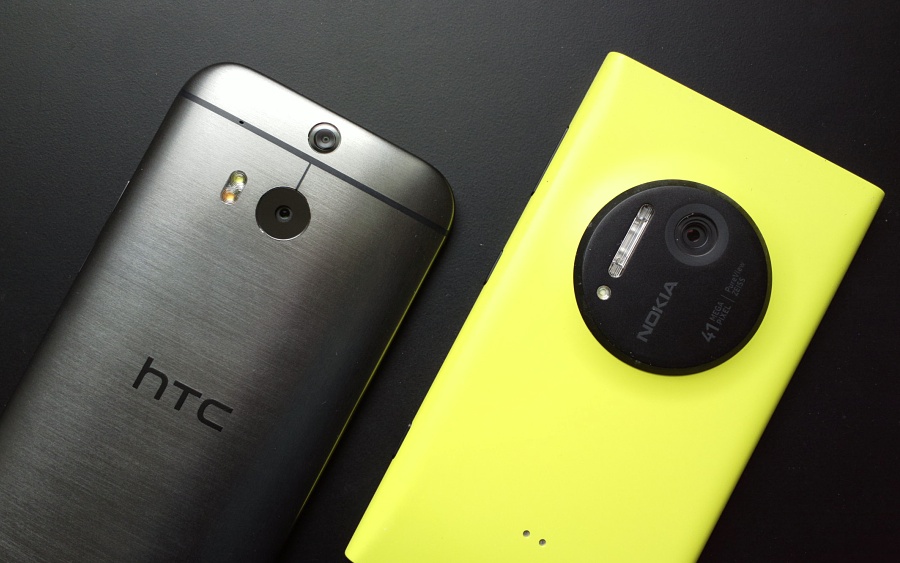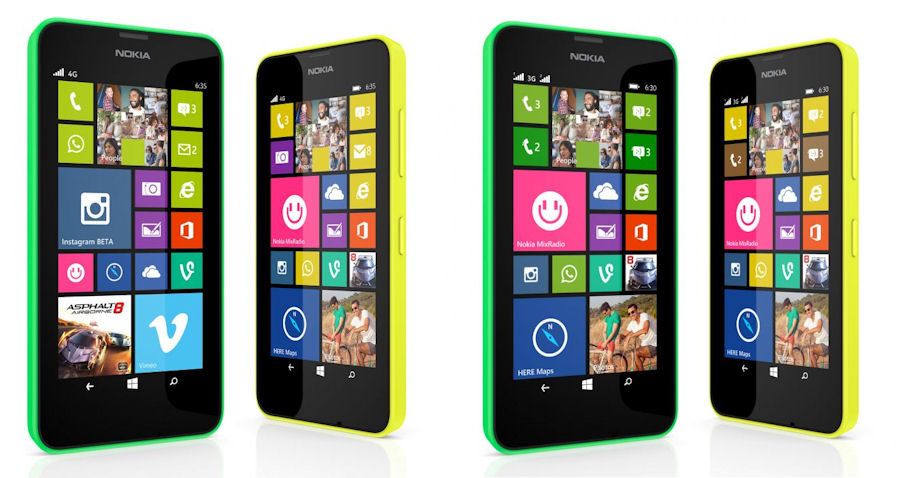The flagships are for show. The marketing goes behind them, the attraction and the features will focus on these handsets, and the geekerati will zero in on them. But where is the real money? Where is the volume of sales coming from? Where is the market going in the future? The lower-priced handsets.
The smart manufacturer is going to be looking to where the puck is going to be during 2014 and into 2015. With the best will in the world, that's not going to be a Lumia 930, a Galaxy S5, or the iPhone 5S.

That's not to say that the manufacturers are not aware of this issue. Anyone watching the industry should be able to pick up the signals. Take Samsung's handset numbers and income - the South Korean company reported sales were flat year-on-year during the last quarter, and the average selling price of a handset was $209, down from $235 a year ago. Samsung's profit did not see as severe a drop (4%) but the signs are there. More handsets at a lower price, with less profit per handset, is the way of the future.
Apple is also worried. While the Cupertino company is notoriously tight-lipped on their thoughts of the market, the current iteration of Apple vs. Samsung has revealed some of their thinking. The key document (covered by re/code and others) shows part of the planning for the 2014 financial year, and looked at the growth in the overall smartphone market.
Of the 228 million units sold, showed growth was restricted to either phablets (in Apple's case, devices with a screen larger than four inches and priced over $300), or to sub $300 devices which had the lion's share of the growth. Every other area (and specifically the areas covered by the iPhone range) actually declined.
Turning to Windows Phone, Nokia sales make up over 90% of Microsoft's mobile market share. In that block, which is the most pervasive handset? The Lumia 520.
Considering every Windows Phone handset, the Lumia 520 makes up a third of the sales. While the 520 (and its variants) was always pegged as the low-cost handset that would sell well, I don't think anyone was expecting it to be as big a seller as it turned out to be.
Of course, manufacturers are going to take a holistic view of the range, and there's no doubt that the flagship models will get the coverage and are attractive. And it's the impact of the flagship models that help sell other devices further down the production line.
While the recent announcement of the Lumia 930 is very much welcome, it's the Nokia Lumia 630 and Lumia 635 that I am looking at to be 'the' Windows Phone(s) of the year. The suggested retail price at launch is lower than the Lumia 520, the hardware is more advanced and closer to the capabilities of the high-end devices, and with Windows Phone 8.1, the operating system is becoming even more intuitive and user-friendly when compared to other smartphone platforms.

Microsoft's challenge is not to identify and enter the low-end market with a competent handset. Of the three major platforms, Windows Phone is arguably the best placed to deliver a budget handset that acts like a much more expensive model. Apple has traditionally stayed in the high-end high-margin space, and while Android can run on lower specced hardware, arguably only the Moto G has managed to deliver an Android handset that could be labelled as a powerful unit at a low price - and even then it's not able to be as aggressively priced next to the Lumia 520, let alone the Lumia 630.
No, the challenge for Redmond is this. As a monolithic company, Nokia were masters at shipping truckloads of low-priced units with thin margins and still turning a comfortable profit. It's no guarantee that this skill will transfer to Microsoft along with the purchase of the Devices and Services unit... but for Windows Phone to carry on gathering market share and increasing unit sales it must transfer.

That means keeping Nokia's ability to integrate hardware to the software; it means retaining the will of the carriers to stock both the low priced handsets (for the bulk of the sales) and the glory handsets (for the advertising and association); and it means maintaining an international presence and a focus on the needs of every market, not just the United States.
This is not a proven strength of Microsoft. Yes the Xbox can be held up as a success here, but in the same breath I can hold up the Zune media players. Shipping boxes of MS Office around the world in a previous life is not the same as serving up millions of smartphones every quarter.
Alongside Apple's reveal of either a larger screened iPhone or substantially cheaper handset (or both), and how Samsung will expand the Galaxy S5 brand name to reach the lower price points, how Microsoft will address the integration issue is over the next few months will answer many question on the future of Windows Phone as a platform. Can the flow of the budget handsets be maintained in production, distribution, marketing, and carrier support?
It's going to be fun finding out!
